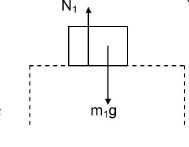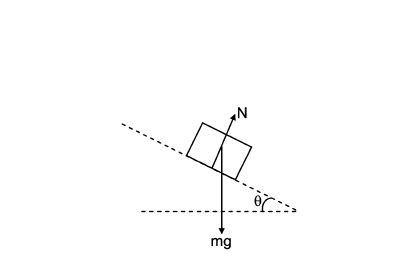What is FBD, define, full form | draw Free Body Diagram
Last updated on April 21st, 2023 at 04:41 pm
This post will tell you what FBD is, the definition and full form of FBD, and its purpose in physics and mechanics. Also, you will get a step-by-step guide on How to draw an FBD or Free Body Diagram while solving a problem in physics (mechanics).
In physics, most problems are solved much more easily when a free-body diagram is used. This uses geometry and vectors to visually represent the problem, and trigonometry is also used in determining horizontal and vertical components of forces and objects.
FBD in physics & mechanics
Full form of FBD
FBD stands for Free Body Diagram.
What is FBD? | Define FBD in physics and mechanics
FBD or free-body diagram is a special type of diagram used in Physics and Mechanics to show all the forces acting on a body with their magnitudes and direction.
Purpose of Free body diagram
The purpose of the FBD is to ensure that we consider all the forces acting on the body properly without missing out on any. If there is more than one body in the problem, each body requires an FBD. In general, anybody having mass needs one FBD.
Free body diagrams are very helpful in visually identifying which components are unknown, where the moments are applied, and help analyze a problem, whether static or dynamic.
How to draw an FBD | How to draw a free-body diagram
We can draw an FBD by following the steps listed below:
- To draw a free-body diagram, do not worry about drawing it to scale
- Draw the body (that we want to study) as a point mass or a small block etc.
- Show the immediate surroundings (i.e. the objects/bodies in contact with the subject body) preferably in a dotted line.
- List out the various forces experienced by the body, disregarding the forces exerted by the body because they will appear as forces experienced by some other body in the system.
- Now draw all the forces acting on the body as arrows with directions clearly marked. (because the motion of a body is solely determined by forces acting on it)
- Ignore forces exerted by this body on others,
- Show, by means of arrows, alongside the body, the parameters of motion of the body (velocity/acceleration) with direction.
free body diagram examples
FBD of a block resting on another block

FBD of a block resting on an Inclined Plane or ramp


Thus we can draw a free-body diagram.
What to exclude in FBD
- Do not show bodies other than the body of interest.
- Do not show forces exerted by the body of interest.
- Do not show Internal forces acting on various parts of the body by other parts of the body.
- Do not show any velocity or acceleration

